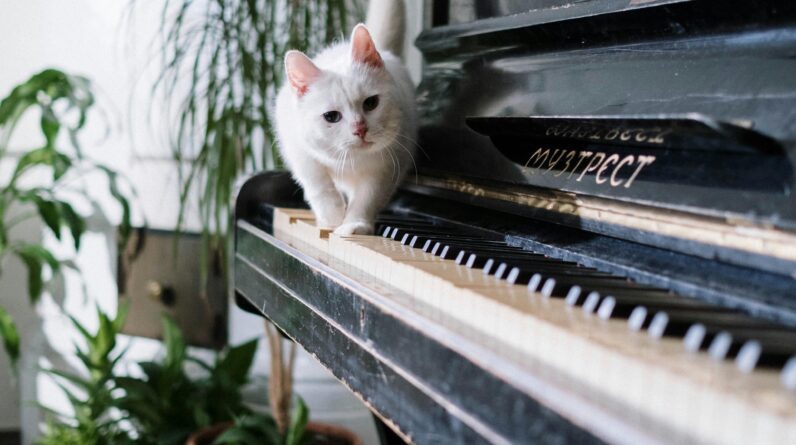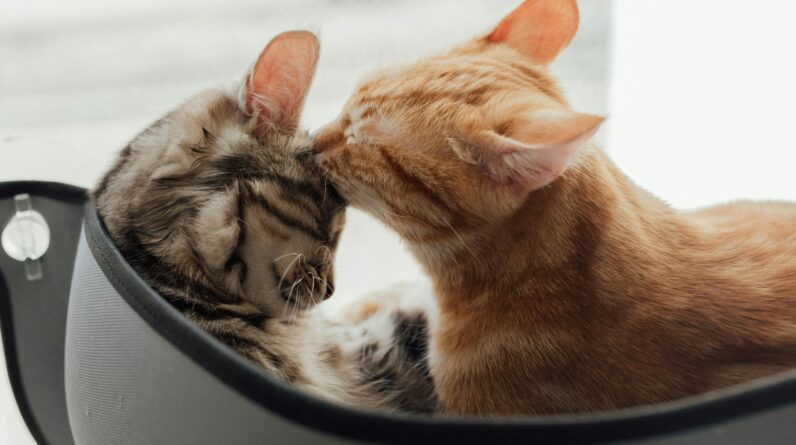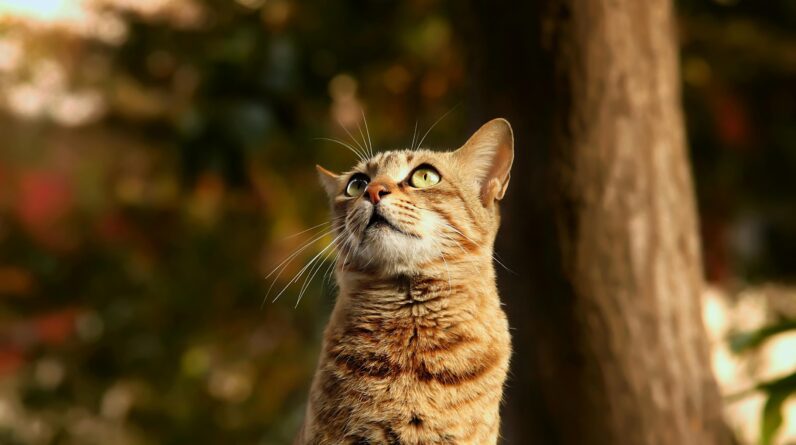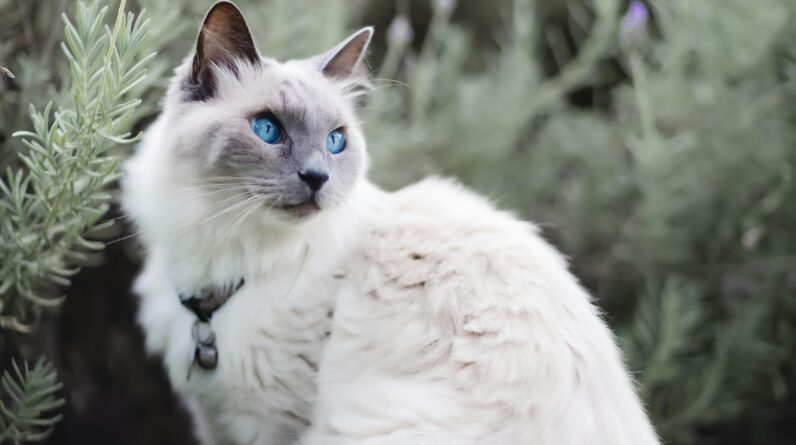
Have you ever wondered where your adorable tabby cat comes from? Well, you’re in for a treat! Tabby cats have a fascinating history that dates back thousands of years. These charming felines are known for their unique coat patterns and delightful personalities.
The word ‘tabby’ actually refers to the *distinctive markings* on their fur. But did you know these markings hold clues about their ancient roots? Many believe that tabby cats originated from African wildcats. These wildcats roamed the savannas and had similar stripe patterns to help them blend into tall grasses.
Over time, as humans started domesticating cats, these wildcats became our beloved pets. The beautiful stripes, swirls, and spots on tabbies helped them survive in the wild by providing camouflage from predators.
*Did you know vet visits for your ginger pal can cost up to $80*, and emergencies can hit thousands? 😮 But worry not! Pet insurance has got your back. For a tiny cost, avoid huge bills and keep your kitty healthy. Click here for peace of mind and endless purrs.
Historical Significance of Tabby Cats


Tabby cats have not only charmed their way into our homes but also into the pages of history. These felines have been companions to humans for centuries, leaving paw prints across various cultures.
In ancient Egypt, tabby cats were revered and even worshipped. Egyptians believed these cats embodied the spirit of Bastet, the goddess of home and fertility. Artists often depicted them in paintings and sculptures, showcasing their importance.
Fast forward to medieval Europe where tabbies were considered good luck charms. Their distinctive ‘M’ marking on their forehead was said to be a blessing from the Virgin Mary herself! This led to many stories and legends about their protective nature.
During colonial times in America, sailors brought tabby cats aboard ships as lucky mascots. Their excellent hunting skills helped keep rodent populations under control during long voyages.
*From ancient temples* to modern living rooms, tabby cats have consistently been by our side. They bring us joy while carrying a rich tapestry of myths and legends behind those mesmerizing eyes!
Genetic Makeup of Tabby Cats


Ever wonder what makes a tabby cat’s coat so special? It’s all in the genes! Tabby cats get their distinctive patterns from specific genetic markers that determine their fur’s appearance.
The tabby pattern is not a breed but rather a color pattern seen in many cat breeds. There are four main types of tabby patterns: classic, mackerel, spotted, and ticked. Each one has unique characteristics.
The classic tabby has bold, swirling patterns along its sides. These markings look like marble cake! Mackerel tabbies have narrow stripes running parallel down their sides, resembling fishbones.
Spotted tabbies display spots instead of stripes or swirls. These spots can be large or small and scattered all over the body. Ticked tabbies don’t have traditional stripes or spots; instead, each hair is banded with multiple colors!.
The gene responsible for these patterns is called ‘agouti.’ This gene controls how pigment is deposited on each hair strand. Interestingly, all cats carry this gene at some level!.
Tabbies often sport an ‘M’ shape on their foreheads due to this genetic makeup as well! Scientists believe it might be linked to wildcat ancestors like the African Wildcat.. So next time you pet your furry friend, remember there’s fascinating science behind those beautiful markings!
Distribution and Habitat Evolution


Tabby cats have roamed the world for centuries! Their distribution spans across continents, adapting to various environments. Initially, these felines lived in wild habitats, closely related to their wildcat ancestors.
Over time, tabbies adapted to urban settings. They thrived in cities and towns where humans provided food and shelter. This adaptability helped them spread widely!
Tabbies can be found almost everywhere today. From bustling city streets to quiet rural farms, they are incredibly versatile.. Their hunting skills make them excellent at controlling rodent populations..
Their habitat evolution is fascinating! In ancient Egypt, tabby-like markings appeared on cats depicted in artwork. These early domesticated cats played a crucial role in protecting grain storages from pests.
As humans migrated, so did their feline companions. Tabbies traveled on ships as mousers during trade routes and explorations!. This global movement further diversified their gene pool, leading to the rich variety of patterns we see today..
Modern tabbies live comfortably indoors or outdoors depending on their environment. Some prefer the cozy life inside homes while others love exploring gardens and neighborhoods.. No matter where they live, these adaptable kitties fit right in!
Tabby Cats in Different Cultures
Tabby cats hold special places in various cultures around the world. In ancient Egypt, they were revered and even worshipped! Egyptians believed tabbies protected their homes and grain stores from pests.
In Japan, the Maneki-neko or ‘beckoning cat’ often features a tabby pattern. This iconic figure is thought to bring good luck and prosperity! You might spot one at shops or restaurants.
Across Europe, tabbies have been cherished as loyal companions for centuries. Their hunting prowess made them invaluable on farms, keeping rodent populations under control!. They also appear in folklore as mystical creatures with special powers..
In Islamic culture, cats are highly respected animals. The Prophet Muhammad is said to have had a fondness for cats, particularly his favorite feline named Muezza. Tabbies are often associated with this love for our whiskered friends!
During medieval times in Europe, however, cats faced dark periods of superstition and fear. Some believed they were witches’ familiars or omens of bad luck!. Despite these myths, many still appreciated their practical benefits on farms..
Today’s views are much brighter! Modern culture celebrates tabbies through literature, art, and media worldwide. From famous fictional characters like Garfield to viral internet sensations like Maru!, these kitties capture hearts everywhere. Tabbies truly embody a rich tapestry of cultural significance that spans history!
Modern-Day Popularity of Tabby Cats
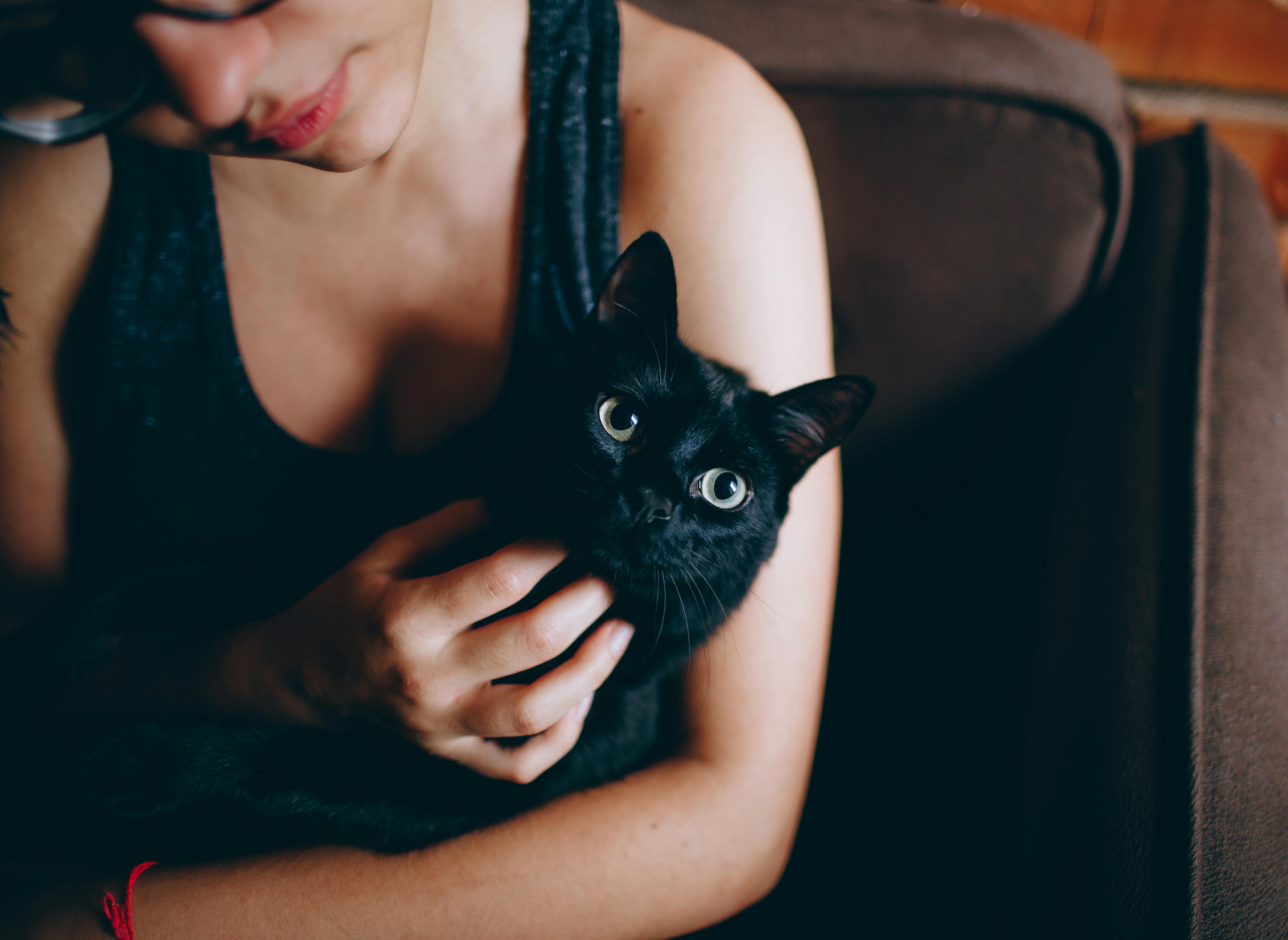

Tabby cats continue to charm people in our modern world. They are among the most popular and beloved pets today. Their playful nature and unique coat patterns make them standout companions!
These adorable kitties have found their way into pop culture too. From comic strips like *Garfield* to animated movies such as *The Aristocats*, tabbies have captured hearts everywhere.
Social media platforms are overflowing with adorable tabby content! Just think of famous internet cats like Maru and Lil Bub, whose antics keep us laughing. People love sharing photos and videos of their cute tabbies, spreading joy worldwide..
Apart from being social media stars, tabbies also play essential roles in therapy programs. Their calming presence helps reduce stress levels for many people. Visiting therapy cats often bring comfort to elderly homes and hospitals!
Rescue shelters frequently report high adoption rates for tabbies. This shows how much these felines are adored by families looking for a new pet. With their friendly personalities, it’s no surprise they quickly become cherished members of households everywhere!.
Did you know vet visits for your ginger pal can cost up to $80? 😮 Emergencies can hit thousands! But worry not! Pet insurance has got your back.. For a tiny cost, avoid huge bills and keep your kitty healthy!. Click here for peace of mind and endless purrs.



